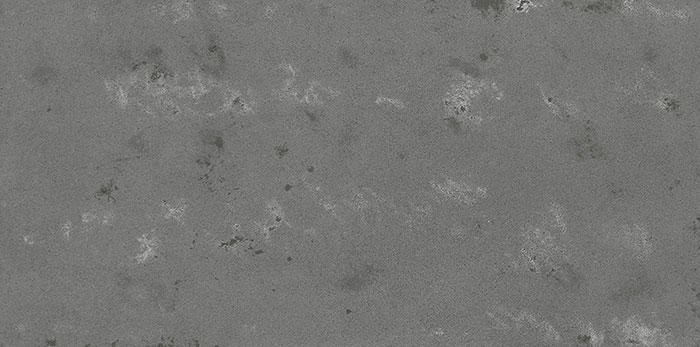
Get the lowdown on this colorful, cool, and totally trendy flooring to find out if it’s right for your house.
Cement tile is taking the design world by storm, brightening up everything from bathroom floors to backsplashes with bold patterns and vibrant colors. Dating back to Europe in the mid-1800s, these tiles have come around the world to capture the American market in a big way—but they’re not appropriate for every style and setting. Read on for the pros and cons of cement tile floors to learn if they belong in your home.
Look around Europe and you’ll see cement tile floors that are 100 years old and then some. With the proper care, they can last a lifetime in your home, too. To hold up properly, cement tiles must be sealed with several coats of penetrating sealer during installation and reapplied periodically, as the surface is very porous without it.
There’s no shortage of cement tile options, from fun florals to modern geometrics, and prints often create a larger interlocking pattern when four tiles are grouped together. Many companies even offer customizable colors and patterns, since tiles can be made in small batches. Over time, cement tile floors also develop a characteristic patina—some folks find this part of their charm, but if you’d rather maintain their brand-new look, you can refinish them by sanding down a thin layer of the surface and resealing.

Dark grout is popular and great for concealing dirt, but it could permanently stain plain cement tile and so not recommended. White grout is ideal, but if you really want colored grout, go no darker than the lightest shade in the surface pattern.
As popular as cement tile has recently become, many contractors aren’t experienced enough with the material and don’t understand the differences between cement and other types of tile. For example, a cement tile floor must be sealed after it’s set but before it is grouted; otherwise, the grout will absorb into the tile and discolor it. Cement tile should also be grouted in smaller areas at a time so excess grout can be wiped off surrounding tiles immediately. Be sure to do due diligence when researching installers to ensure they know how to properly put in cement tiles. As far as DIYing goes, you’ll have to forget everything you know about ceramic or porcelain tile and research cement tile floor installations carefully. Call the tiles manufacturer and speak with an expert about tips for working with their product.
Similar to caring for marble floors, rugs or mats should be placed near entryways in high-traffic areas and floors should be swept or dust mopped as needed to keep abrasive dirt and grit off cement tile. To clean a cement tile floor, use products approved for natural stone.Never use acidic cleaners, like vinegar, which will etch the tile. Spot treat stains with an appropriate cleaner that’s safe for marble and natural stone, which draws stains up from absorbent surfaces like marble or cement; if that fails, you may be able to be lightly sand down and reseal the discolored area.
Wholesale cement tile may run anywhere from $10 to $30 per square foot. Ceramic tile can start as low as $1 and average between $5 and $7. As you would with any other tile, remember to add an extra 15 percent or so to account for breakage.
Cement tiles are made completely from natural materials, from their solid cement base to their surface layer of Portland cement, marble dust, and natural pigments. And unlike its ceramic counterparts that get fired in a kiln, cement tiles are cured using hydraulic pressure. That means no fossil fuels or harsh chemicals are off-gassed into the atmosphere. Bonus: When their time finally is up (many, many years from now), they’re 100 percent recyclable. So you can justify the higher cost for the minimal carbon footprint!
Copyright © 2021 Guangzhou Weyes Network Technology Co., Ltd. | All Rights Reserved